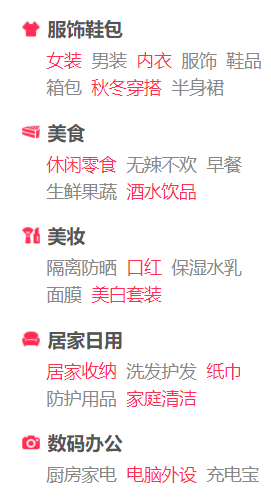Remove-Cluster
Destroys an existing failover cluster.
Syntax
Remove-Cluster [[-Cluster] <String>] [-CleanupAD] [-Force] [-InputObject <PSObject>] [-WhatIf] [-Confirm] [<CommonParameters>]
Description
The Remove-Cluster cmdlet destroys an existing failover cluster. The affected servers will no longer function together as a cluster.
This cmdlet deletes all copies of the cluster configuration database on all cluster nodes.
Note: This cmdlet cannot be run remotely without Credential Security Service Provider (CredSSP) authentication on the server computer.
Examples
Example 1
Remove-Cluster
This example prompts the user for confirmation, then destroys the local failover cluster and removes cluster configuration information from the cluster nodes.
Example 2
Remove-Cluster -Force
This example destroys the local failover cluster and removes cluster configuration information from the cluster nodes. The cmdlet doesn't prompt for confirmation.
Example 3
Get-Cluster -Name Cluster1 | Remove-Cluster -Force -CleanupAD
This example destroys the cluster named Cluster1, removes cluster configuration information from the cluster nodes, and deletes the cluster objects in Active Directory. The cmdlet doesn't prompt for confirmation.
Parameters
-CleanupAD
Specifies that when the cluster is destroyed, the objects in Active Directory that are associated with the cluster are removed.
| Type: | SwitchParameter |
| Position: | Named |
| Default value: | None |
| Required: | False |
| Accept pipeline input: | False |
| Accept wildcard characters: | False |
-Cluster
Specifies the name of the cluster on which to run this cmdlet. If the input for this parameter is . or it is omitted, then the cmdlet runs on the local cluster.
| Type: | String |
| Position: | 0 |
| Default value: | None |
| Required: | False |
| Accept pipeline input: | False |
| Accept wildcard characters: | False |
-Confirm
Prompts you for confirmation before running the cmdlet.
| Type: | SwitchParameter |
| Aliases: | cf |
| Position: | Named |
| Default value: | False |
| Required: | False |
| Accept pipeline input: | False |
| Accept wildcard characters: | False |
-Force
Runs the cmdlet without prompting for confirmation. By default the cmdlet will ask for confirmation from the user before proceeding.
| Type: | SwitchParameter |
| Position: | Named |
| Default value: | None |
| Required: | False |
| Accept pipeline input: | False |
| Accept wildcard characters: | False |
-InputObject
Specifies the cluster to destroy.
| Type: | PSObject |
| Position: | Named |
| Default value: | None |
| Required: | False |
| Accept pipeline input: | True |
| Accept wildcard characters: | False |
-WhatIf
Shows what would happen if the cmdlet runs. The cmdlet isn't run.
| Type: | SwitchParameter |
| Aliases: | wi |
| Position: | Named |
| Default value: | False |
| Required: | False |
| Accept pipeline input: | False |
| Accept wildcard characters: | False |
Inputs
Microsoft.FailoverClusters.PowerShell.Cluster
Outputs
None
Related Links
推荐本站淘宝优惠价购买喜欢的宝贝:
本文链接:https://hqyman.cn/post/5130.html 非本站原创文章欢迎转载,原创文章需保留本站地址!
休息一下~~



 微信支付宝扫一扫,打赏作者吧~
微信支付宝扫一扫,打赏作者吧~